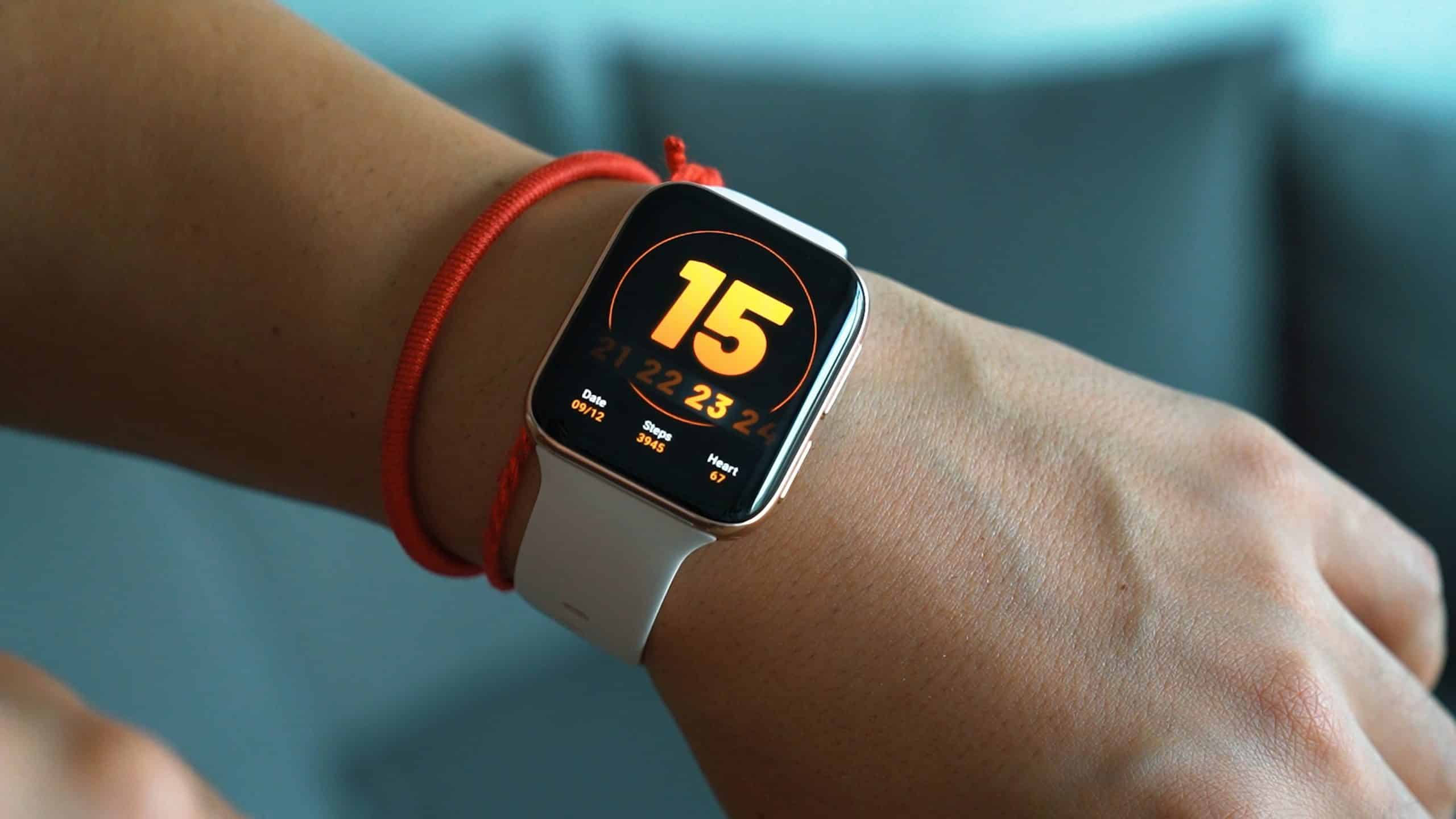In the dynamic world of sports, the quest for the elusive competitive edge is ceaseless. It’s a world where fractions of a second can spell the difference between victory and defeat, where the finest margins often separate the great from the merely good. Athletes and coaches alike are constantly on the lookout for tools that can unlock potential and enhance performance. Enter the realm of wearable technology. From fitness trackers to heart rate monitors, the use of wearable devices in sports is revolutionizing how athletes train, compete, and recover. This article will dig deep into the ways these devices are changing the landscape of sports as we know it.
The emergence of wearable technology in sports
In recent years, sports training has been transformed by the integration of technology. Wearable tech, specifically, has emerged as a game-changer. These gadgets are not limited to the high-tech labs of sports scientists but are now a common sight on tracks, fields, and gyms.
A lire en complément : Generate unique images with MyImage GPT: How-to guide
Wearable technology encompasses a variety of devices such as fitness trackers, motion capture sensors, and inertial sensors. These tools provide athletes and coaches with a wealth of data that was previously difficult or impossible to collect. For example, a runner can monitor their heart rate in real time, adjusting their intensity to stay within the optimal training zone. Similarly, a basketball player can use motion sensors to study and refine their shooting technique.
The data gleaned from wearables can inform training sessions, aid in injury prevention, and enhance overall athletic performance. In this section, we will explore the different types of wearables and how athletes utilize them to enhance their training and performance.
En parallèle : How to learn how to use ChatGPT ?
Tracking and monitoring athletic performance
The core function of wearable technology in sports is to track and monitor an array of physiological and biomechanical metrics. By leveraging wearables equipped with various sensors, data regarding an athlete’s heart rate, core temperature, and physical activity levels can be recorded and analyzed.
Heart rate monitors, for instance, are invaluable for endurance athletes who rely on maintaining specific heart rate zones to improve stamina and performance. These devices provide feedback that helps in the precise tailoring of cardiovascular workouts. Moreover, understanding one’s heart rate response can inform an athlete’s recovery strategy, ensuring they are not overtraining and are ready for the next challenge.
Moreover, sports wearables are not confined to tracking physiological data alone. High-tech wearables have branched out into biomechanics, employing motion capture technology to study an athlete’s movement. This can reveal inefficiencies in technique or mechanics that, once corrected, can lead to significant performance improvements.
In this section, we’ll delve into the specifics of how athletes are using these devices to monitor their performance during training and competitions, drawing from studies and sports medicine literature to highlight the impact on athletic outcomes.
Enhancing training regimens with real-time data
Data is crucial, but its real power lies in its application. Wearable devices not only collect data but also provide real-time feedback that can be used to adjust training on the fly. This is particularly useful in endurance sports where conditions such as weather, terrain, and the athlete’s physical state can vary dramatically.
Real-time data allows for a level of personalization in training that was previously unimaginable. Instead of following a one-size-fits-all workout plan, athletes can now tailor their efforts based on how their body is responding at that moment. This responsiveness can lead to more effective training sessions and can help prevent overuse injuries by alerting athletes when they are pushing beyond their current limits.
This section will cover the benefits of real-time data for personalizing training regimens, providing examples of how this is being put into practice across various sports disciplines.
The role of wearables in injury prevention and recovery
Another significant benefit of wearable technology in sports is its role in injury prevention and recovery. By continuously monitoring an athlete’s movements and physiological indicators, wearables can detect signs of overuse or fatigue which, left unchecked, could lead to injury.
Moreover, these devices can aid in the recovery process by tracking progress and ensuring that athletes do not return to full intensity too soon. Rehabilitation protocols can be fine-tuned based on objective data rather than solely relying on subjective feedback from the athlete.
In this section, we will review how athletes and sports medicine professionals are using wearables to minimize injury risks and to support the recovery process, including examples of how data from wearables is being used to adapt training and rehabilitation plans.
The psychological impact of wearables on athletes
The influence of wearables extends beyond the physical to the psychological aspects of sports performance. An often-overlooked benefit is how these devices can shape an athlete’s identity and mental approach to their sport. Access to data can provide athletes with a sense of control and ownership over their training, which can be immensely empowering.
Additionally, the feedback from wearables can serve as a motivational tool. The ability to track progress over time and set data-driven goals can keep athletes engaged and focused on their long-term objectives.
In this final section, we’ll take a closer look at how the psychological interface between athletes and technology is evolving and the implications this has for their self-perception and motivation.
Conclusion
Wearable technology is more than a trend; it’s a transformative force in the world of sports. From enhancing training protocols to preventing injuries, from fine-tuning performance to impacting athletes’ psychological makeup, these devices have proven their worth in the athletic arena. As athletes and coaches become more data-savvy, the integration of wearables in sports will likely deepen, leading to even more sophisticated applications and insights.
The potential of these devices to improve sports performance is immense, and as the technology advances, so too will the ways in which we understand and push the limits of the human body. As you, the athletes and coaches, embrace this wave of change, remember that these tools are not a replacement for hard work and talent but rather a complement that can help you achieve the very best of your athletic potential.






